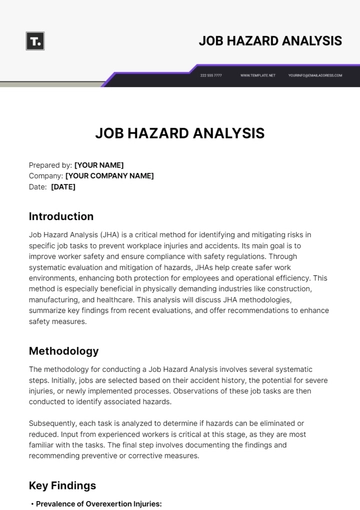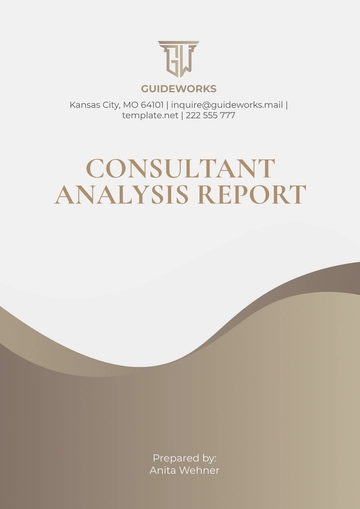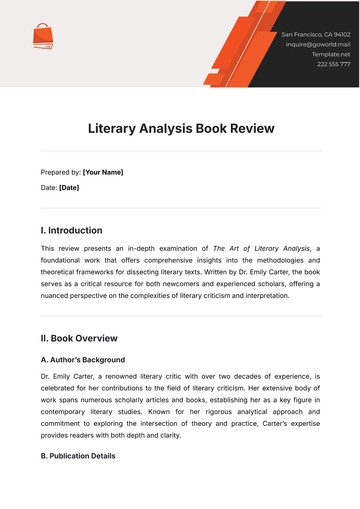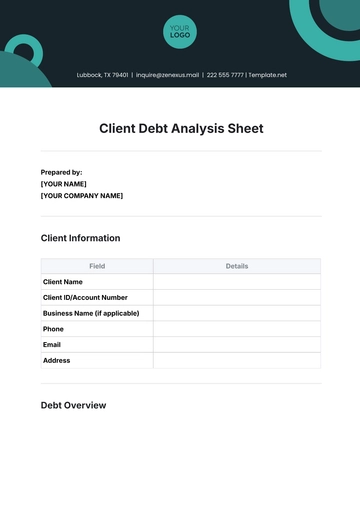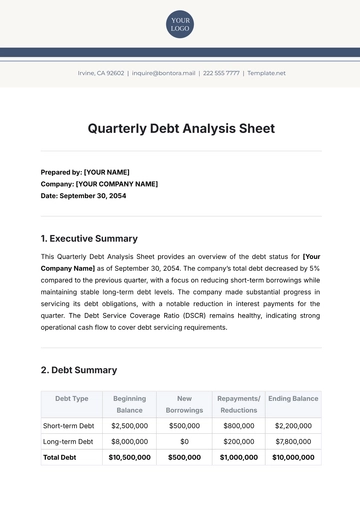Free Salon Hair Stylist Time Management Analysis
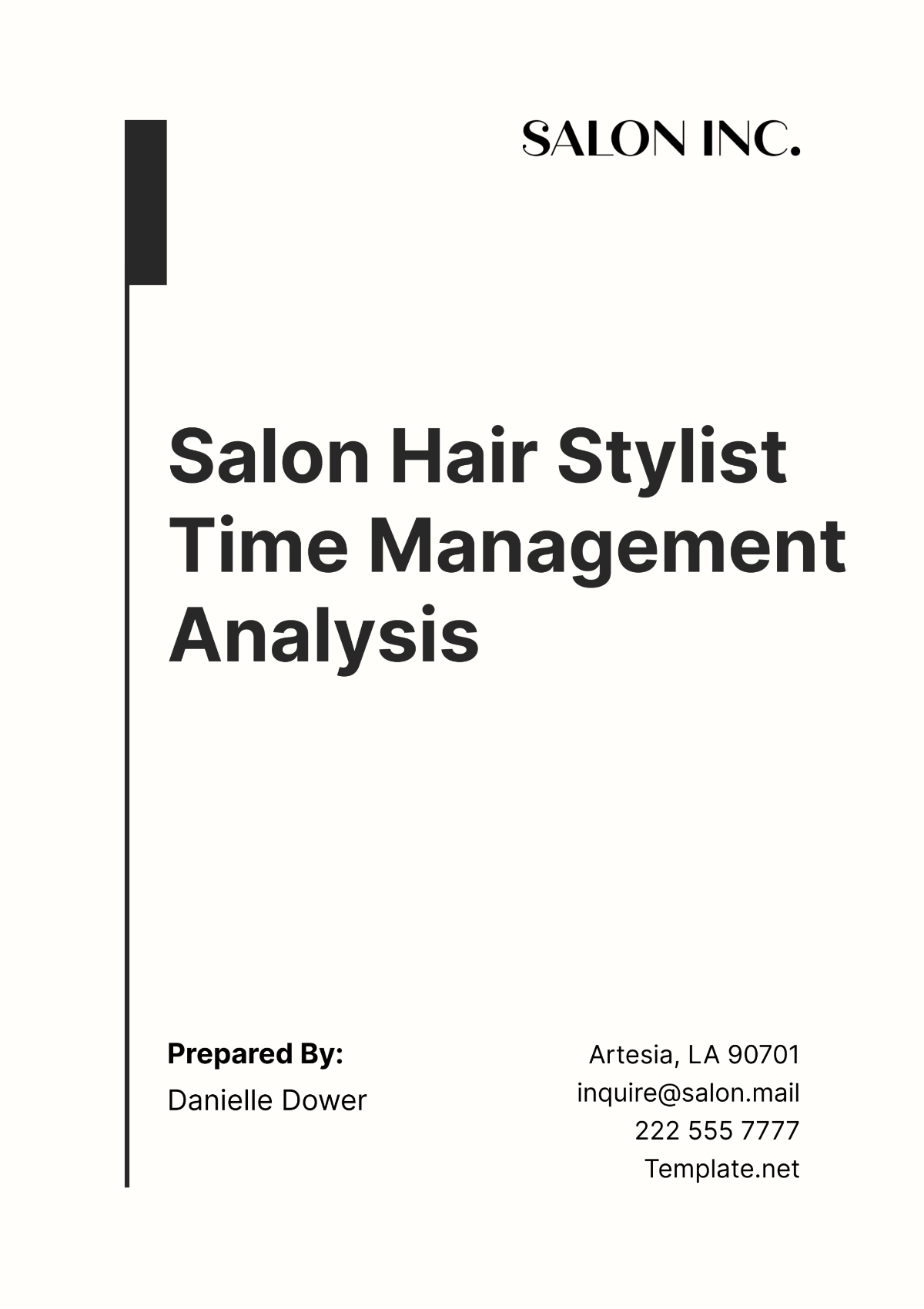
1. Introduction
In the dynamic and highly competitive landscape of the personal grooming industry, the management of time is crucial not only for enhancing productivity but also for ensuring client satisfaction and stylist well-being. At [Your Company Name], located in [Your Company Address], the importance of efficient time management cannot be overstated, particularly as the sector sees an ever-increasing focus on customer experience as a differentiator in market success. This Salon Hair Stylist Time Management Analysis seeks to delve deep into the nuances of how time is managed within the salon setting and to uncover both the challenges and opportunities present.
The primary objective of this analysis is to systematically assess how stylists at [Your Company Name] allocate their time across various tasks, identify any bottlenecks in the process, and explore opportunities for optimization. By comprehending the dynamics of time management, both salon owners and stylists can enhance operational efficiency, reduce unnecessary client wait times, and ultimately elevate the overall customer experience. This comprehensive review will address aspects including appointment scheduling, actual service time, and between-service activities, offering a broad perspective on achieving best practices in time management within the salon environment. The analysis covers a period from [Start Date] to [End Date], ensuring that the insights are both current and relevant.
2. Methodology
To ensure a thorough and accurate assessment of time management practices at [Your Company Name], a mixed-methods approach was utilized, encompassing both quantitative and qualitative research techniques over a three-month period. This approach was designed to capture a detailed picture of time allocation and identify any inefficiencies or exemplary practices that could be standardized across all locations.
Data Collection Methods:
Observational Studies: Conducted during peak and non-peak hours to directly observe and record stylist activities and the time spent on each task.
Time Tracking Tools: Digital tools were employed to accurately log service durations, wait times, and the time taken for ancillary activities such as setup and cleanup.
Self-reported Logs: Stylists were asked to maintain daily logs of their activities to provide personal insights into their time management, which also helped in identifying discrepancies between perceived and actual time usage.
Interviews: Structured interviews with salon owners and stylists provided deeper qualitative insights into the challenges and strategies related to time management.
Selection Criteria:
Salons within [Your Company Name] network across [Location] were selected based on a variety of factors including size, client volume, and service diversity to ensure a representative sample.
Stylists participating in the study were chosen to represent a mix of experiences and specializations to cover a broad spectrum of service types and client interactions.
Data Analysis:
Quantitative data collected from time tracking and observational studies were analyzed using [Specify Software Name] to identify patterns and outliers in time management.
Qualitative data from interviews and logs were analyzed through thematic analysis to understand stylist perspectives and contextualize the quantitative findings.
Data Validation:
Cross-validation techniques were employed where observational data were compared against self-reported logs and time tracking data to ensure accuracy and reliability of the findings.
3. Key Findings
Appointment Scheduling:
A significant challenge identified was the scheduling of appointments, with over 70% of stylists reporting insufficient time between appointments. This often led to a spillover effect, where services extended beyond their scheduled time by approximately 5-10 minutes, impacting subsequent client appointments and contributing to increased wait times.
Service Execution:
The analysis of service durations revealed that the average times for common services such as haircuts, coloring, and styling were consistent with industry norms; however, color services showed the greatest variability. Delays were often due to complex client requests or unexpected complications in color mixing and application, leading to extended service times.
Between-Service Activities:
Between-service activities such as cleanup and setup were found to account for an average of 15% of a stylist’s total working time. Additionally, non-service-related communication with clients also consumed a significant portion of time, which, although valuable for client relations, impacted the overall efficiency of service delivery.
These findings highlight critical areas within the salon’s operational framework where time management practices could be improved. The next steps involve diving deeper into these challenges to propose specific, actionable strategies that could significantly enhance both stylist efficiency and client satisfaction at [Your Company Name].
4. Insights from the Data
The comprehensive analysis of time management practices at [Your Company Name] has provided a wealth of data that can be strategically leveraged to enhance both stylist efficiency and customer satisfaction. The following table summarizes the average time spent on key salon activities and compares it with the ideal time benchmarks based on industry standards, highlighting areas where time can be optimized:
Activity | Average Time Spent (Minutes) | Ideal Time (Minutes) |
|---|---|---|
Initial Client Consultation | 15 | 10 |
Haircut | 45 | 40 |
Coloring | 85 | 75 |
Styling | 30 | 25 |
Cleanup and Setup | 20 | 15 |
Detailed Analysis:
Initial Client Consultation: The data shows that consultations are taking 50% longer than the ideal. This could indicate either a thoroughness that enhances client satisfaction or possible inefficiencies in communication.
Haircut and Styling: These services are slightly over the ideal time, suggesting minor inefficiencies in technique or possibly in tool setup and selection. Streamlining these processes could reduce time without impacting service quality.
Coloring: The greatest discrepancy in service time is observed in coloring services, which exceed the ideal duration by over 10 minutes. This variance can be attributed to the personalized nature of color services and the complexity involved in matching client expectations.
Cleanup and Setup: Exceeding the ideal time by 5 minutes may seem minor, but over the course of a day, this can accumulate to a significant amount of lost productive time.
5. Actionable Recommendations
To address the time management challenges identified, the following recommendations are proposed to improve efficiency and client throughput at [Your Company Name]:
Implement a Stricter Appointment Slot System: Adjust the scheduling protocol to more accurately reflect the time needed for various services. This might include varying the length of slots based on the service complexity and historical data on how long each type of service typically takes.
Streamline Service Protocols: Standardize the procedures for common services like haircuts and styling. Create checklists or guides that help stylists perform their tasks more efficiently without sacrificing quality.
Introduce Buffer Periods: Allocate specific times solely for cleanup and setup between appointments. This buffer will help prevent the spillover effect from one appointment to the next and reduce the stress on stylists.
Utilize Technology for Better Scheduling: Implement an advanced scheduling system that can dynamically adjust for service times based on real-time data. This system could provide alerts to stylists about upcoming appointments and help manage customer expectations about wait times.
Pre-appointment Consultations Online: Encourage clients to engage in consultation through an online platform prior to their visit. This will save time during the actual appointment and allow stylists to prepare in advance for the client's needs.
Training in Time Management: Develop a training program for stylists that focuses on best practices in time management, efficient service delivery, and client communication. This training could also include simulations and role-playing exercises to improve speed without compromising the service quality.
6. Conclusion
The Salon Hair Stylist Time Management Analysis for [Your Company Name] highlights significant insights into how time is managed across various salon activities. By addressing the discrepancies between the actual and ideal times spent on services, [Your Company Name] can greatly enhance operational efficiency and improve customer satisfaction. The recommended strategies focus on refining appointment scheduling processes, improving service execution efficiency, and better utilizing technology to keep both stylists and clients informed. Implementing these changes will not only streamline operations but also enhance the overall client experience, promoting greater loyalty and repeat business in the competitive environment of [Your Company Address].
Appendix
Appendix A: Full Data Sets and Analysis - Detailed breakdown of time tracking data and observational study results.
Appendix B: Interview Excerpts - Selected transcripts from interviews with stylists and salon owners, highlighting personal insights into time management challenges and successes.
Appendix C: Training Module Outlines - Detailed outlines of proposed training sessions on time management and efficient service delivery.
Appendix D: Technology Solutions Overview - Comparative analysis of various scheduling and client management software options suitable for salon use.
- 100% Customizable, free editor
- Access 1 Million+ Templates, photo’s & graphics
- Download or share as a template
- Click and replace photos, graphics, text, backgrounds
- Resize, crop, AI write & more
- Access advanced editor
Introducing Template.net's innovative Salon Hair Stylist Time Management Analysis Template, meticulously designed for salon owners. Analyze stylist time management with precision and ease using our customizable template. Tailor every aspect to fit your salon's unique requirements seamlessly. Utilize our intuitive AI editor tool for effortless editing and customization. Enhance your salon's productivity and efficiency with Template.net.

